By Chris Elison & Sarah Sutherland, Central Utah Water Conservancy District
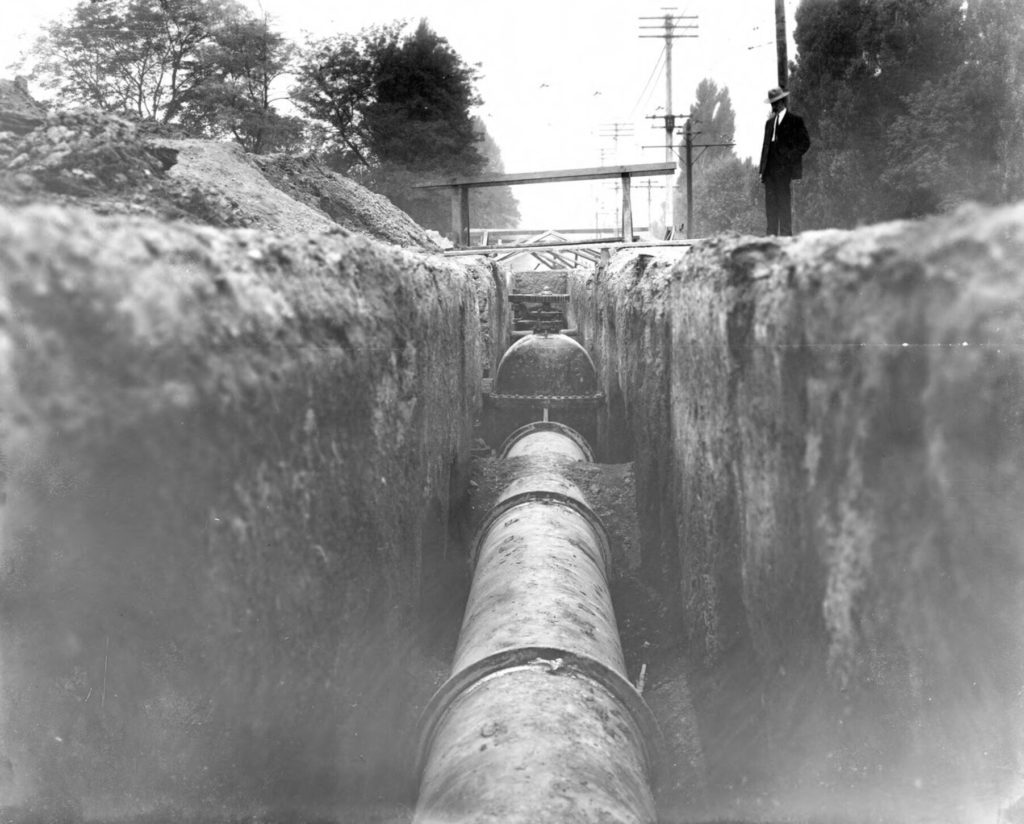
Do you know where your water comes from?
Whether for drinking, washing clothes, or even to keep your grass green, water is a precious resource in the second driest state in America. Throughout human history in Utah, the ability to access clean, fresh water has sculpted where people settle and how they live their lives. Before modern plumbing, people had to get creative to move water from its natural source into towns!
Modern infrastructure to bring water to your home is located below ground, out of sight and out of mind. Water travels through a series of underground plastic, metal, and fiberglass pipes from sources up to 100 miles away! New pipelines are built everyday, and sometimes their construction uncovers archaeological evidence of how previous generations of Utahns moved water to help form the new settlements of Utah after arrival of the European Americans in the mid-19th century.
A New Generation of Water Management: the Central Utah Project
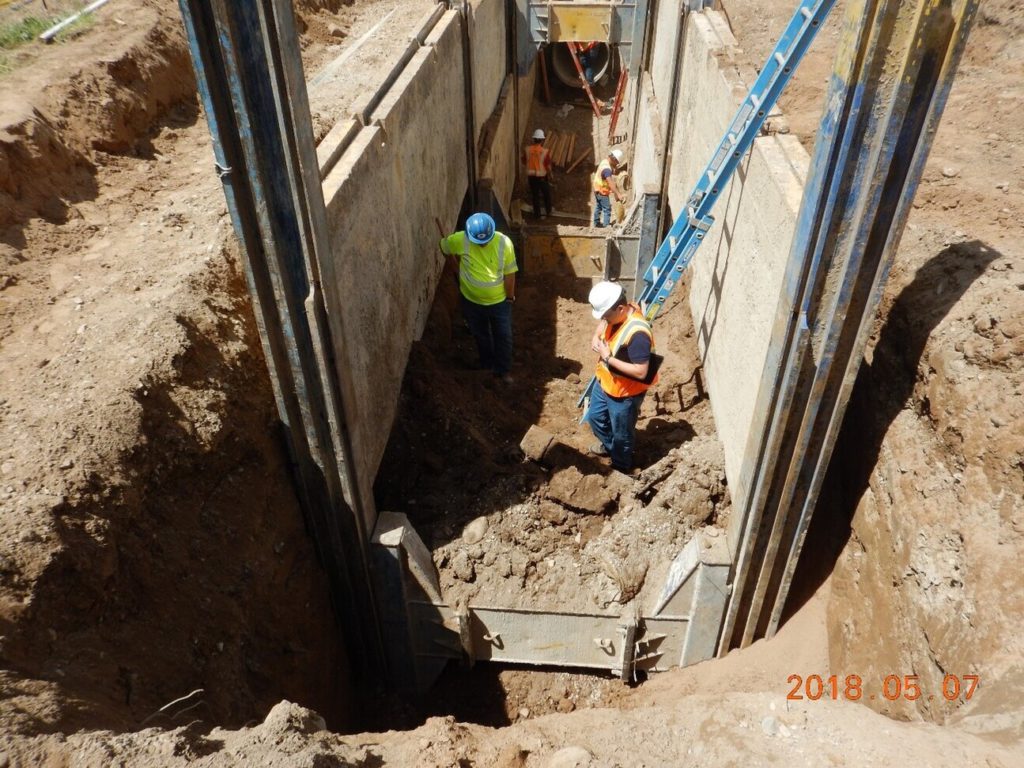
The Central Utah Water Conservancy District (CUWCD) is one of 15 special districts across the state dedicated to managing the West’s most precious resource. These Special Districts manage the treatment of water and it’s movement through pipelines, and have roles to play in dams and hydroelectric power. The CUWCD also has water conservation classes and financial incentives for residents.
But one of the most important jobs that the CUWCD works on is the federal Central Utah Project (CUP), the largest water resources development project in the state. The CUP and its developed water is used for municipal, industrial, and agricultural supplies; hydroelectric power generation; to enhance fish and wildlife; and recreation. The CUP consists of a vast network of reservoirs, pipelines, aqueducts, pumping plants, tunnels, diversions, and siphons, to develop and deliver a water supply to the Wasatch Front and the Uintah Basin.
New Meets Old 10 Feet Underground
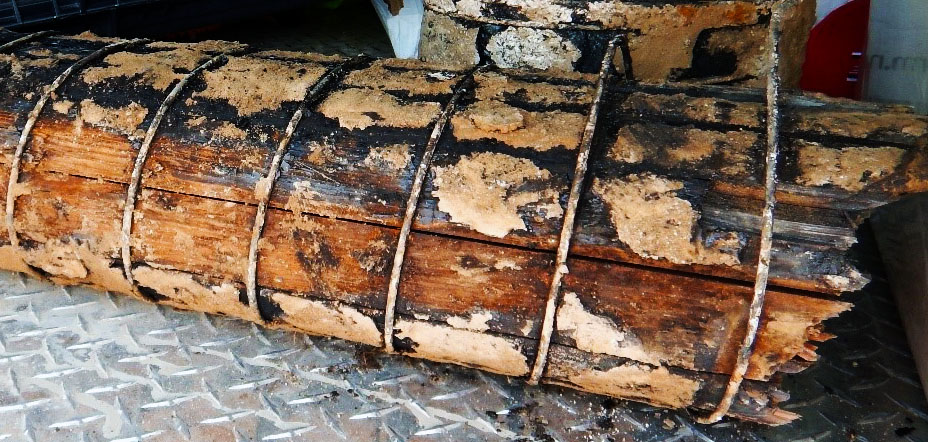
In 2007, the Central Utah Water Conservancy District ran into its own watery past during a construction project.
During construction of large diameter CUP transmission pipelines, crews uncovered old water pipes between 4- and 10- feet underground. This might seem ordinary, but these pipes were made of wood! Wood seems like an odd choice of material to us today, but wood stave pipes were generally in use from the 1870s to 1920s. Wire-wrapped, wood-stave pipelines were first introduced in the 1860s on the east coast.
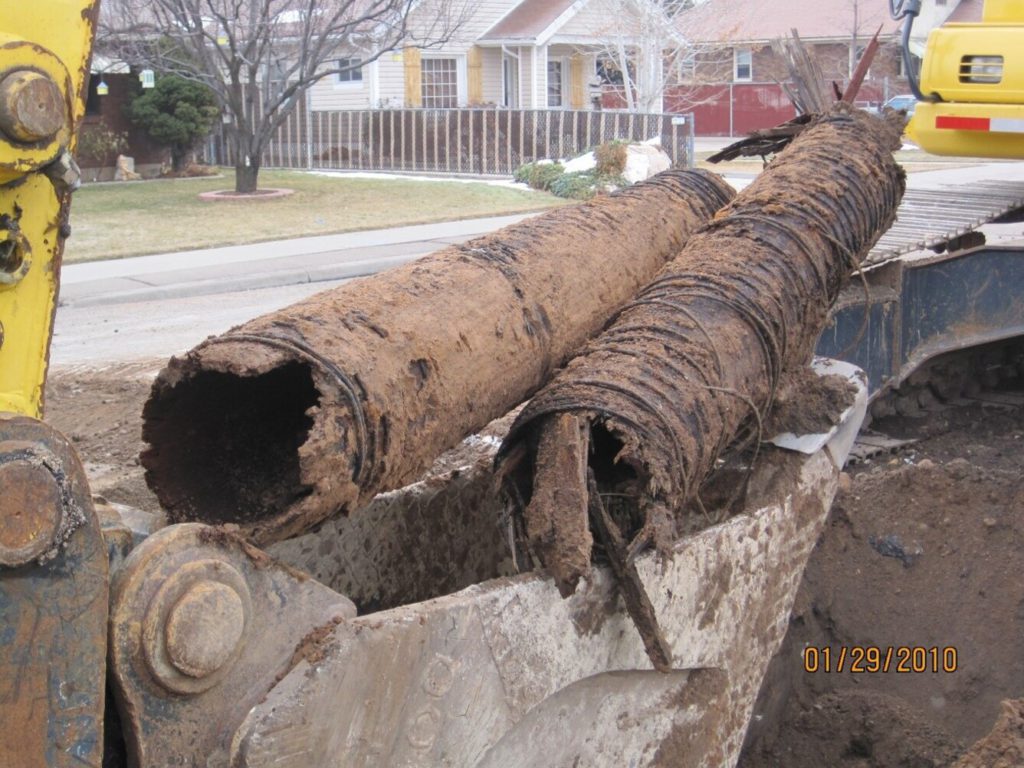
How these pipes worked is ingenious. The wood stave pipes were constructed out of redwood, a wood species praised for it’s ability to last a long time and not rot. The pipes were constructed from redwood stave, and a stave is a narrow length of wood beveled on the sides. The staves encountered during the CUP construction were about 3.75-inches wide and about 1-inch thick for The wood staves are tongue-and-groove, and wrapped together with steel wire which holds the staves together. No nails or glue needed! As the water ran through the stave it would expand the wood and press it into the metal wires, creating a watertight seal. The wood is also treated with creosote to inhibit rot.
Wood stave pipes worked so well that archaeologists and pipeline workers encounter complete sections of pipe all the time! And there are even some communities where wood stave pipes are still in use moving irrigation water from springs to fields and animal stock tanks. This ingenious method of carrying water under city streets was used all over Utah in the days before modern pipes to carry water from nearby creeks, springs, and reservoirs to provide culinary water to the area’s growing towns. If you want to read a 1911 description of the pipe systems, click here for a free online book!
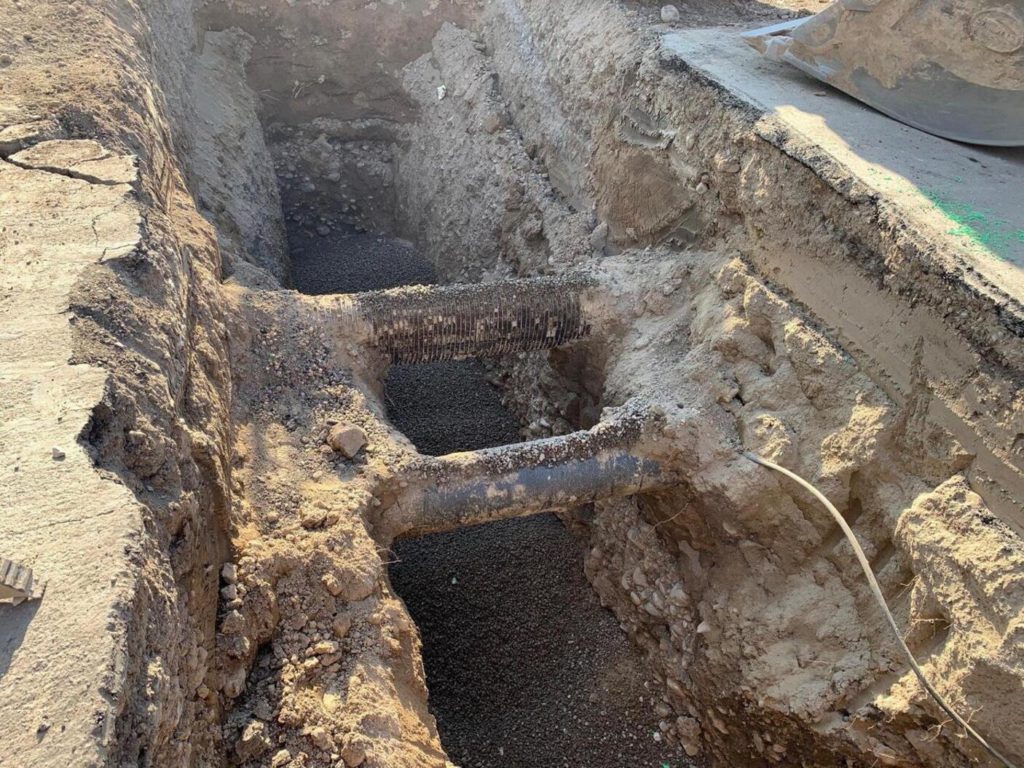
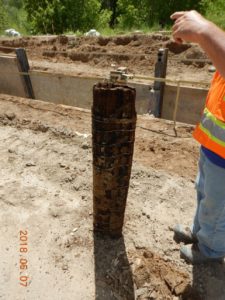
The diameters unearthed during the construction of the CUP ranged between 8- and 24-inches. Generally, these pipe systems were buried in roadways and were found between 4- and 10- feet below the road grade. Some of the wood stave pipes encountered were manufactured in 12-foot sections and were connected to each other with wooden collars. Wood stave pipe segments which played an important part of a city’s culinary system. The wood stave pipes were part of the historic water delivery systems for several municipalities in Utah Valley and beyond. The wood stave pipe unearthed in Payson was installed and used in the early 1900’s. That means it was 100 years old, and still could work as well as the day it was created!
Pipes just like these could be under your city streets right now, waiting to be rediscovered! Much of the information about where the water was coming from or headed to has been lost to time, so archaeologists and historians love running into these physical pieces of infrastructure.
Have you seen pipes like these in your town? Maybe you have come across them in your local museum, or have uncovered them in your own backyard. Let us know! We love to hear more about what you are discovering underneath your feet!













